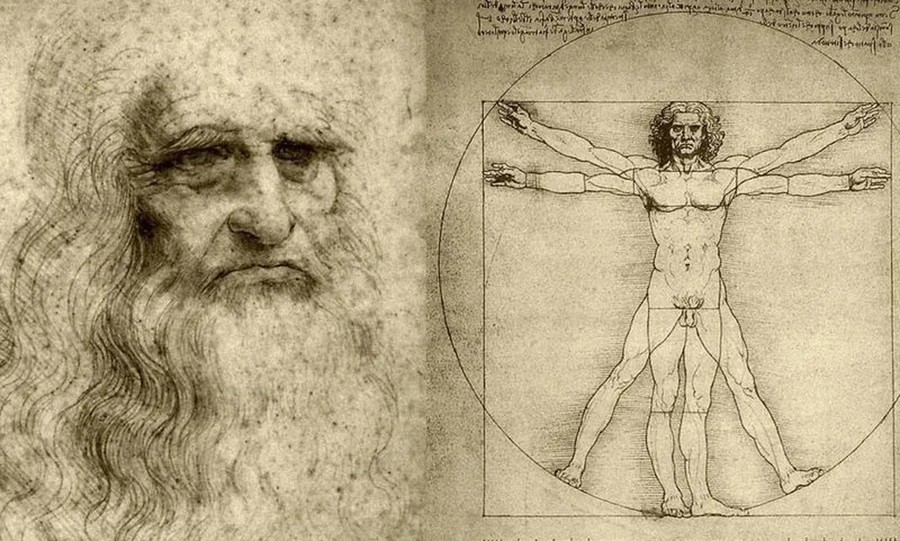A stunning discovery has been made in the remote highlands of Turkey—8,000-year-old rock carvings found far from any previously known sites of similar artwork. Archaeologists believe this rugged terrain may hold even more ancient treasures, waiting to be uncovered.
A Landmark Discovery in the Latmos Mountains
The carvings were found in the Latmos (Beşparmak) Mountains, a range stretching between Aydın and Muğla in western Turkey. Located in the Kocarli region, the find sheds new light on prehistoric art and the region’s rich cultural heritage.
Rare Artwork in an Isolated Area
Bahattin Surucu, head of the Ecology and Nature Conservation Association (EKODOSD), explained in a statement that these petroglyphs were discovered in an area far removed from previously known rock art sites.
"The carvings depict human figures. Based on our knowledge, the figure on the left represents a man, while the one on the right is a woman. However, some details of the female figure have been slightly eroded due to natural rock weathering," Surucu noted.
Echoes of the Past in the Latmos Mountains
The first rock carvings in the Latmos range were identified in 1994, when a local beekeeper, Yasar Besparmak, guided German archaeologist Dr. Anneliese Peschlow to ancient petroglyphs near the village of Karakaya. Since then, hundreds of rock carvings have been recorded and studied.
Most of these carvings have been discovered in the central areas of the Latmos range, but researchers have also found prehistoric artwork in the remote village of Saglik. Even more intriguing, explorations in the distant Kadmos (Madran) Mountains led to the discovery of ancient handprint paintings inside a stone shelter, further expanding our understanding of prehistoric art in the region.
More Secrets Await Discovery
The newly found petroglyph will soon be submitted for registration with Aydın’s local heritage preservation board. Surucu emphasized that the harsh and rugged landscape of the Latmos Mountains likely hides many more ancient artworks.
"The challenging terrain, steep and inaccessible cliffs, and the need for specialized expertise to recognize these faint rock carvings make their discovery exceptionally difficult," he explained.
Preserving the Latmos Heritage
Surucu stressed that decades of dedicated study will be required to fully uncover and document the region’s ancient rock art. He also highlighted the need for a holistic approach to heritage conservation, drawing inspiration from international best practices to protect the unique cultural legacy of the Latmos Mountains.
He further suggested that well-planned ecotourism initiatives could benefit both local communities and Turkey’s tourism sector, ensuring that these ancient treasures are preserved while contributing to sustainable economic growth.









